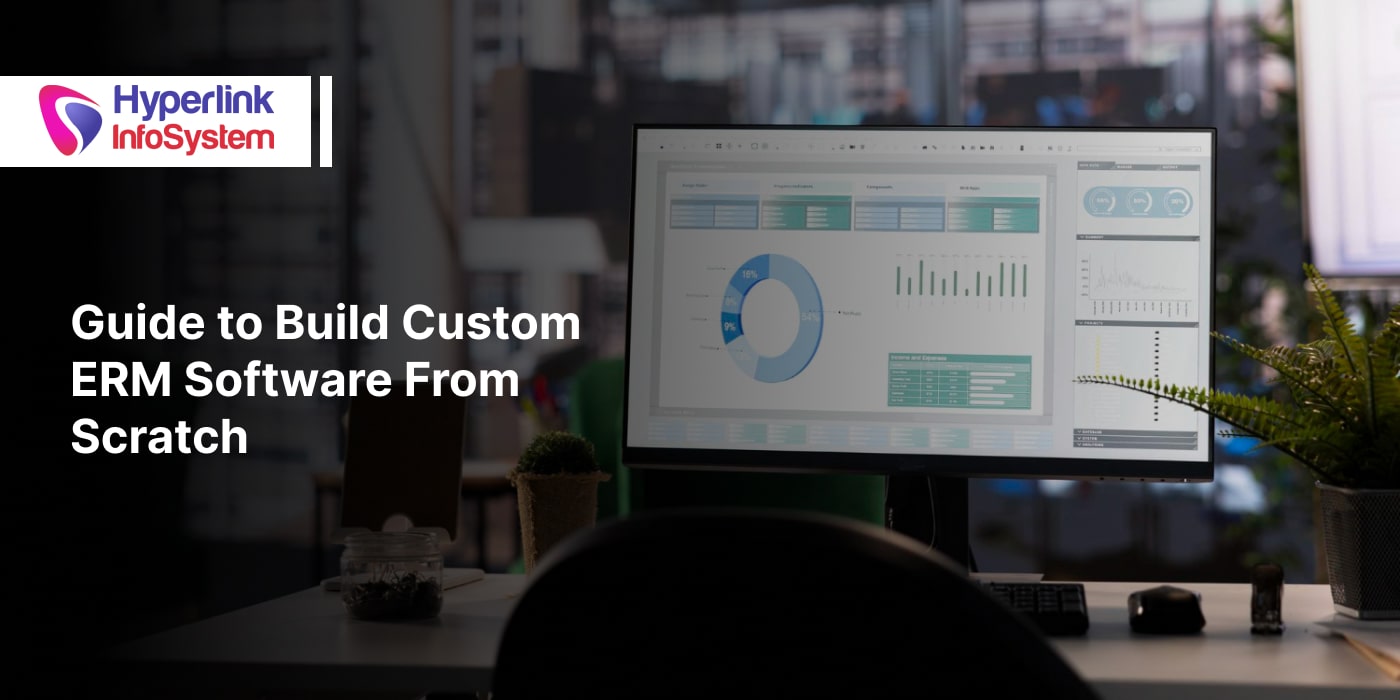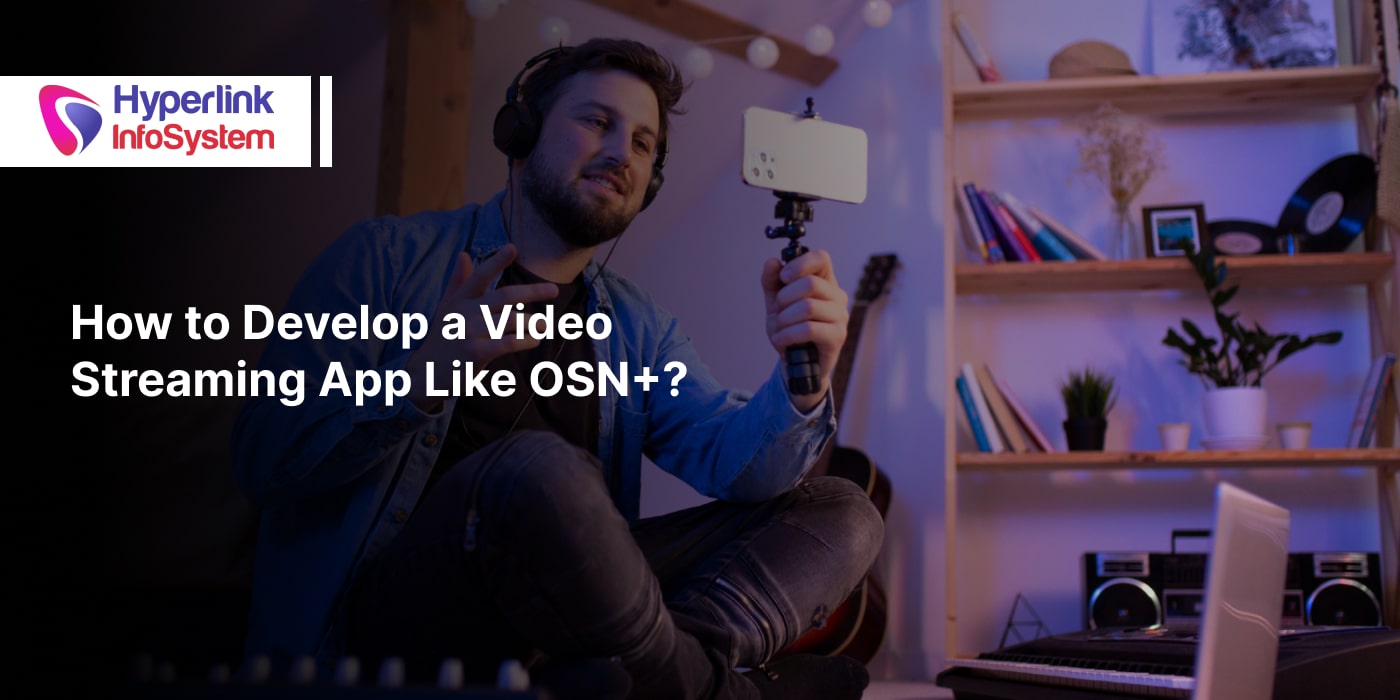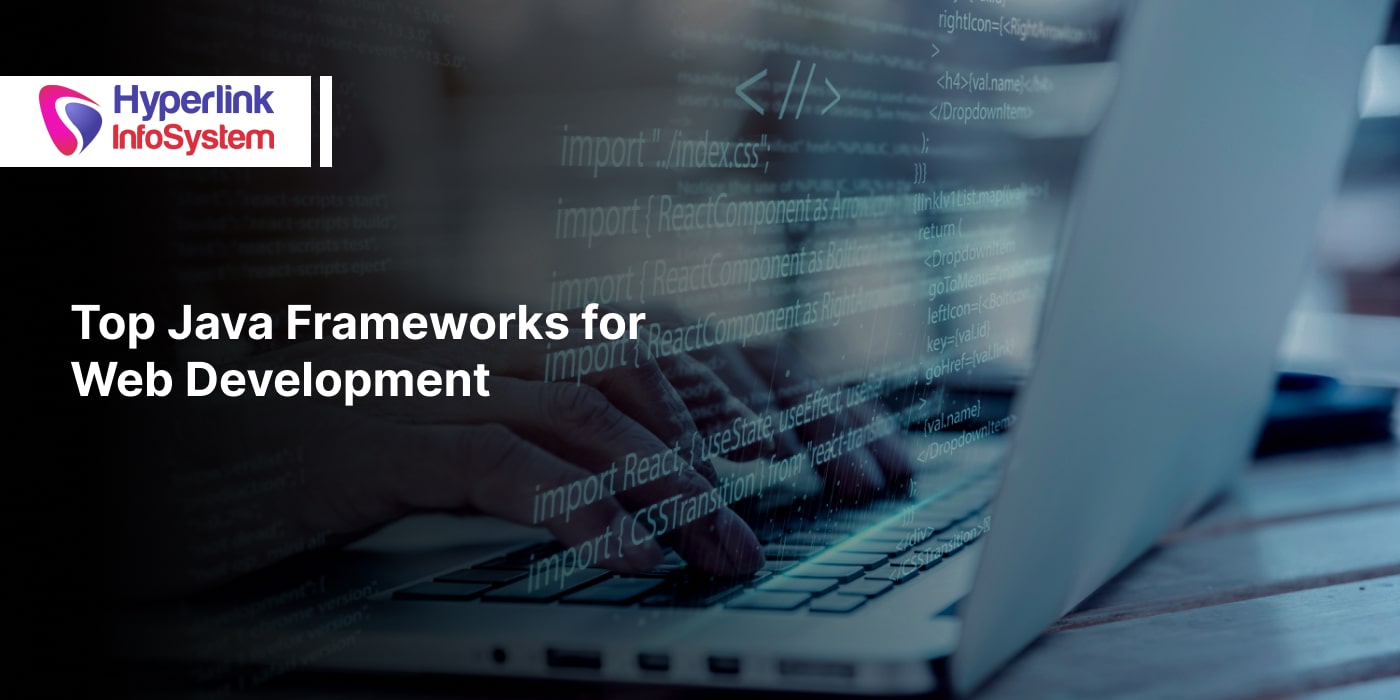10 Flutter Development Trends to Watch Out For in 2025
Jun 2025
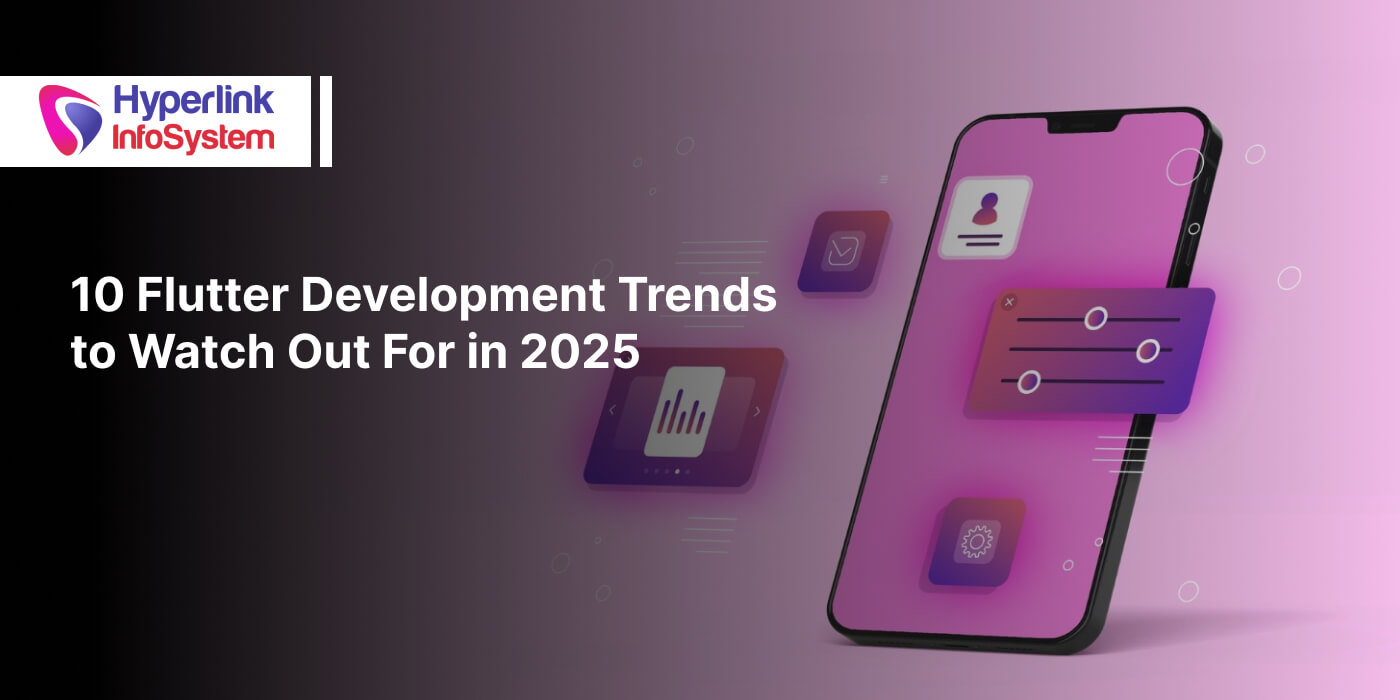
Flutter is a dream come true for companies that want faster product time-to-market and cross-platform development. With over 2 million developers using it for their projects, it is the 8th most popular framework in 2025. Flutter app development gained traction among startups in 2018, who started using it to launch apps quickly.
Over 60% of Flutter users leverage it for development on Windows 10 laptops and desktops, 27% on macOS, and 13% on Linux. Since its launch in 2017, Flutter has evolved greatly. The latest version, which is Flutter 3.19, is faster and delivers superior performance. Some of Flutter 3.19’s latest features include AI integration, modular architecture partners, and next-gen animations.
This blog will delve into the new Flutter app development trends for 2025 and how companies can use them to their advantage. Apart from these, we will also discuss the features, benefits, and other aspects of Flutter development. No more waiting, let’s jump into the details straightaway.
Top 10 Features of Flutter 3.29
Flutter launched its new version in February 2025, introducing new enhancements to enhance performance, developer expertise, and cross-platform capabilities. Below are some of the top features of Flutter 3.29.
- Impeller as Default Renderer on iOS - New default renderer replaces Skia for more polished and consistent animations.
- OpenGLES Fallback for Android - Impeller supports devices without Vulkan by using OpenGLES.
- Dart Code Executes on the Main Thread - Dart runs on the main thread, enabling faster and synchronous platform calls.
- Enhanced Cupertino Widgets - New Cupertino-style bottom sheets, upgraded iOS-style navigation bars, and dark mode appearance in iOS-themed widgets.
- Material 3 Enhancements - Better theming, refined sliders, and updated progress indicators.
- DevTools Improvements - Enhanced widget inspector, persistent selection, and smarter logging.
- Performance Optimizations - Faster rendering, better state handling, and lower memory usage.
- Dart 3.7 Integration - Adds wildcard variable and auto-formatting for cleaner code.
- Updated Documentation - New guides for Compose devs and improved testing instructions.
- Backdrop Filter Enhancements - More efficient blur effects for layered UI designs.
Significant Improvements to Core Features in Flutter 3.29
Below are some significant improvements to Flutter’s core features. Although the features existed before the launch of this new version, they are better than before.
- Hot Reload
- Improved DevTools in Flutter 3.29 (e.g., persistent widget selection).
- Most reliable state retention across reloads.
- Faster reload cycles, especially with Dart 3.7 optimizations.
Bottom Line - No major changes, but the dev experience is better than before, smoother and more dependable.
- Customizable Widgets
- New Cupertino-style bottom sheet and updated iOS-styled widgets.
- Expanded Material 3 support (e.g., sliders, theming, indicators).
- Improved adaptive design fidelity for diverse platforms.
Bottom Line - With this version, the widget library is richer and more consistent with the latest design systems.
- Cross-Platform Compatibility
Flutter’s biggest strength was its cross-platform compatibility, and still is, but the 3.29 update comes with the following improvements -
- Impeller renderer as the default on iOS and fallback for Android with OpenGLES - more consistent visuals across different devices.
- Better performance on web and desktop devices.
- Supports refinements for embedded and automotive UIs.
Bottom Line - Compared to the older Flutter versions, the new version is more mature, performant, and dependable across edge devices.
Looking to develop a cross-platform app with Flutter? Partner with a reputed Flutter app development company for the best results.
Benefits of Flutter 3.29 for Developers and Companies
Flutter 3.29 brings a broad range of benefits for companies and developers. The benefits are as follows -
Developer Productivity and Experience
- Dart on the Main Thread - Faster native calls with less boilerplate.
- DevTools Improvements - Quicker debugging and UI fixes.
- Dart 3.7 Support - Cleaner, more modern code with fewer bugs.
- Better Docs - Easier onboarding and cross-platform adoption.
UI/UX Quality
- Impeller on iOS - Smoother and more fluid animations.
- Cupertino Widget Upgrades - More authentic iOS appearance and style.
- Material 3 Enhancements - Sleek, brand-ready UI with less effort.
- Backdrop Filter Boosts - Sharper visuals with better performance.
Performance and Compatibility
- OpenGLES Fallback on Android - Wider support on low-end devices.
- Performance Gains - Faster apps with lower memory use.
Top Trends in Flutter App Development in 2025
Thanks to Flutter app development, the app development landscape is experiencing a drastic transformation. Essentially, it allows developers to develop outstanding quality apps with less code, effort, and time. Below are the top Flutter app development trends for 2025.
1) Think Beyond Mobile
- Unlike the early days (2017), Flutter is no longer an exclusive tool for Android and iOS app development.
- Developers only have to write one code to develop Android, iOS, Windows, MacOS, Linux, and web apps. This results in reduced development time and operational costs.
- Also, the cross-platform compatibility ensures uniform design and features across multiple platforms.
- Overall, launching new products and ensuring a consistent UX across different devices becomes easy with Flutter.
2) AI and Machine Learning Integration
- AI and machine learning are no longer buzzwords, they are an integral part of modern applications.
- Modern apps with AI and ML integration deliver personalized experiences for users based on their preferences. With predictive analytics, businesses can anticipate future trends and understand what customers want, while AI-powered chatbots handle customer service tasks effortlessly.
- Whether it's healthcare, retail, finance, or any other field, companies can harness the full power of AI to improve customer interactions and enhance operational efficiency.
Practical Applications
Retail Apps - App development companies can use TensorFlow Lite or Google's ML Kit to create a bespoke app for retail companies with innovative features such as visual search, smart product recommendations, or inventory forecasting.
Developer Tools
Flutter has packages such as Google's ML Kit that developers can seamlessly integrate for OCR, face detection, and language translation. This reduces the time to develop apps with AI capabilities.
With revolutionary features like AI integration, companies can create apps that understand trends and customer expectations. This helps them stay competitive and relevant in the long run.
3) IoT-Powered Flutter Apps
- With the rise of IoT, developers face considerable pressure to build apps that enable users to perform simple tasks like retrieving data or managing devices remotely.
- Simultaneously, these apps are easy to use for people who are not tech-savvy.
- Flutter’s widget-based architecture and expressive UI components make it possible for developers to companion apps that pair with IoT devices.
Use Cases
- Companies are using Flutter to develop apps that benefit regular people, such as smart home systems and wearable fitness trackers.
- Commercial use cases include industrial monitoring dashboards and remote patient monitoring in healthcare institutions.
Tech Stack
- Flutter Blue - The Flutter Blue package allows apps to scan for, connect to, and communicate with Bluetooth devices such as sensors and wearables.
- Flutter Raspberry PI - This package has inherent Bluetooth capabilities. When integrated with Flutter, the Fluttery Raspberry PI helps developers create unique embedded user interfaces and apps.
If companies want to create apps with ground-breaking features such as real-time control, sensor visualization, and remote management, Flutter is the best choice. This is because of Flutter’s cross-platform capabilities, custom UIs, and hot reload feature.
4) Game Development
We know that Flutter is no match for Unity or Unreal Engine, which are heavy hitters in 3D game development. That said, Flutter has made quite a name for itself in the realm of 2D and educational games. Plus, developers can take advantage of Flutter’s cross-platform capabilities to create engaging, gamified experiences for both web and mobile devices.
How Does It Benefit Businesses?
Gamification elements play a major role in mobile apps for diverse sectors, including the following-
- Educational Apps - Facilitate better learning with educational apps such as LMS platforms and language-learning apps. Not only are these apps cost-effective, but they also boost engagement.
- Fitness Apps - Challenges, streaks, and rewards encourage users to put in their best effort and stick to their fitness routines.
- E-Commerce Loyalty Programs - Reward points, progress bars, and tiered rewards motivate customers to purchase again, turning them into loyal and satisfied customers.
- Employee Training - Makes training more fun and interactive with quizzes, competitions, and achievements. This increases completion rates while boosting productivity.
Development Tools
The Flame engine is crafted to operate with Flutter. It has distinctive features such as game loop management, sprite rendering, and input handling that enable developers to deliver 2D experiences without spending hours on learning and research.
Generally, startups and newly incorporated companies don’t have the budget for incorporating interactive and gamification elements in their apps.
However, Flutter’s Flame engine makes it happen, helping them save hundreds of dollars.
5) AR and VR Integration
- These days, it's quite common to see businesses across various sectors embracing immersive technology to craft extraordinary experiences for their customers.
- This trend is noticeable in sectors such as education, real estate, healthcare, and e-commerce.
- In the past, Flutter’s UI toolkit focused exclusively on 2D mobile and web apps, but the latest versions are raising by bar by supporting native AR/VR SDKs such as ARCore (Android), ARKit (iOS), or Unreal Engine for VR.
- So, what do these exciting developments mean? This means that developers can pair Flutter with third-party apps and platforms to deliver immersive experiences across multiple platforms.
Use Cases
Examples of such immersive experiences include customers trying out clothes using an AR mirror or potential buyers viewing an apartment in virtual reality.
Tooling
Flutter does not have inbuilt AR support, but it integrates effectively with platform channels, plugin packages, and Unity integrations to deliver augmented reality experiences.
6) Animation and Motion Design
In 2025, customers won’t settle for the ordinary. They want apps that look visually appealing while enhancing the user experience. Most importantly, they don’t want issues such as lag, status, or a clunky UI. Flutter emerges as the knight in shining armor because it has built-in features that help developers produce creative animations.
The new Impeller rendering engine replaces the Skia engine, which reduces stuttering and ensures exceptional performance for complex animations, transitions, and micro-interactions.
Impact on Businesses
The initial experience matters because it dictates whether the user will continue using the app or uninstall it. Creative and smooth animations capture user attention and create an illusion of speedier app performance.
Moreover, smooth and out-of-the-box animations facilitate easy understanding for users without compelling them to think too much.
Impeller - The Real Hero
In Flutter 3.10, Google decided to replace Skia with Impeller to overcome the former’s limitations. This shift has led to a noticeable improvement in performance, making it possible for complex animations to run smoothly at 60-120 FPS without any stuttering or lag.
7) Firebase Integration
Setting up the infrastructure and components for apps can be stressful because of the complexities involved. With a wealth of SDKs and plugins in Firebase, developers can create revolutionary apps without worrying about backend issues. This approach ensures faster product time to market and minimal technical hiccups.
Use Cases
- Thanks to Firebase’s real-time capabilities, developers can develop mobile and web apps, real-time chat apps, social media apps, IoT dashboards, education platforms, and more.
Security and Scaling
- Firebase also provides the necessary scalability and security for apps to run smoothly. From error handling to implementing access controls to identity management, Firebase can do it all. In this way, it fosters top-notch performance while lowering developer costs.
Startups and small enterprises on a tight budget can harness the combined capabilities of Firebase and Flutter to develop products faster without incurring infrastructure costs.
8) Blockchain and Decentralized Apps
- Centralized models are a thing of the past. Web3 apps and blockchain integrations mark the beginning of a new era with increased transparency, ownership, and decentralization.
- With blockchain technology, data can be encoded in a format that is understandable by authorized parties only. Along with security, these encryption technologies ensure transparent data flow without a central authority or intermediary.
- These features benefit companies in sectors such as logistics, finance, and digital identity.
Integration Tools
- The Dart package in Flutter reads and sends data to the blockchain. Users can call smart contracts, read blockchain data, and send transactions.
- Additionally, tools like MetaMask and WalletConnect handle user authentication and transaction signing.
Use Cases
- In this way, Flutter is ideal for developing innovative, cross-platform apps for companies dealing with crypto wallets, decentralized marketplaces and tokenized loyalty programs.
9) Advanced State Management Techniques
In Flutter, maintaining the app state is crucial. The app state refers to the current data that appears on the screen. Thanks to this state, Flutter instantaneously updates the UI every time a user carries out an action on the app.
Effective management of this state in Flutter app development is of utmost importance because it ensures that the app stays responsive.
Also, a systematic and structured model also makes it easier for developers and testing systems to track the app’s behavior in response to user actions.
Importance and Advantages for Companies
- Over time, simpler debugging and uniform logic reduce the time and effort required to develop the app. Clean state management is a huge advantage for corporations and large-scale companies developing complex apps and handling multiple users.
- Since the app’s architecture becomes easy to understand, it eases the onboarding process for new developers, thereby increasing productivity.
Increased Flexibility
- Moreover, Flutter provides a broad array of state management solutions such as Provider, Bloc, Redux, and Riverpod. Each one is designed to fulfil a specific purpose.
- For example, Provider is ideal for simple and medium-sized apps, while Redux is well-suited for apps requiring centralized and immutable state.
- In the end, the time and effort spent to develop, maintain, and scale the app decreases while costs go down. All the credit for these long-term benefits go to Flutter.
Contact Us : Hire Mobile App Developers
10) Widgets and UI Customization
Whether it's rows, columns, padding, containers, align, or center, everything is a widget for Flutter. Okay, so what does this mean? Essentially, it means that Flutter employs widgets for more than just displaying content. They are vital in designing the app’s layout and framework.
- Thanks to the “everything is a widget” core design philosophy in Flutter, developers can create personalized UIs with attention to detail, down to every pixel. They are not bound by the platform’s UI limitations.
- Also, the seamless adaptation of these widgets to different screen and input types makes them a game-changing feature for developing apps for diverse devices, including mobiles, tablets, and laptops.
Business Use Cases
- If the goal is to create an app that delivers a unique, top-tier experience while limiting costs and targeting foreign markets, Flutter is the go-to choice.
Reusable Components
- Developers can use small, composable parts to build UI components. They can reuse these components and place these widgets inside other widgets to create complex interfaces or screens.
- Reusing widgets accelerates development while minimizing errors. Widget reuse eliminates the need to build components for each platform or feature.
- To put it succinctly, Flutter is the future of cross-platform app innovation. Adopting Flutter today paves the way for robust, cross-platform app development while ensuring the highest quality and user experience.
Additional Flutter Development Trends for 2025
In addition to the above Flutter development trends, some other trends to watch out for are as follows -
- Low Code/No-Code Tools - Using FlutterFlow for simpler and faster app development.
- AI-Powered Vibe Coding - Expedite development using AI tools through code automation.
- Enhanced Dev Tools - For better debugging, profiling, and UI inspection tools.
- CI/CD Automation - Streamlined testing and deployment pipelines.
- Ambient Computing - Expansion into embedded and ambient computing through rapid adoption by companies like Toyota.
- Enhanced Accessibility - Increased accessibility with AI tools for senior citizen-friendly UIs and automatic alt-text.
- WebAssembly (WASM) Integration - Leveraging WASM speeds up loading by 2.3x compared to traditional Java builds.
Flutter App Development Vs. Ionic Vs. Xamarin Vs. React Native Vs. Kotlin
Below is a table-wise comparison of the above languages.

Steps to Choose the Best Flutter App Development Company
It's not just about keeping up with the latest Flutter development trends in 2025. You need a Flutter app development partner who can transform your ideas into reality. Thats why, picking the right app development company is so important. Here are some steps to guide in finding the perfect app development partner.
- Define App Requirements - Outline the app features, goals, and target audience.
- Check the Experience - Check if the company has proven expertise in Flutter and cross-platform development.
- Review Portfolio - Analyze the company’s past projects to see if they have the creativity, technical skills and quality to complete complex projects.
- Client Reviews - Check out testimonials and third-party ratings to gain insights into how satisfied customers are with the services.
- Technical Skills - Evaluate the development team’s technical abilities and confirm their proficiency in Dart, Flutter widgets, and backend integration. Also, examine their UI/UX skills.
- Project Timelines - Ensure that the app development company can meet project deadlines with a realistic schedule.
- Pricing Models - Compare pricing models and determine whether they match your budget.
- Post-Launch Support - Verify with your development partner that they will provide post-launch support, including updates, maintenance, and other services.
Concluding Remarks
Flutter is not just a trend, it's the next best thing in the world of cross-platform app development. With hot reload, rich UI, customization, a single codebase, and a growing ecosystem, Flutter will remain the hot favorite for companies. Most importantly, Google strongly backs Flutter and uses it to develop its products such as Google Ads and Google Pay.
AI and ML integration, blockchain, AR & VR, IoT, plus Dev tools are not just trends. They are powerful tools to build future-proof apps that are relevant for years to come. That said, keeping up with the latest trends and use them to stay ahead of the curve can be a daunting task.
Hyperlink Infosystem is a distinguished Flutter app development company with 12+ years of industry experience. Over the past decade, we have completed 3000+ projects and acquired 2000+ loyal clients. Speak with one of our experts to see what we can do for you.
Schedule a Consultation Today!
Frequently Asked Questions
If you are looking for a solution that offers cross-platform compatibility, speedy UI development, without breaking the bank, Flutter app development is the way to go. The scenarios below are ideal for Flutter app development.
- Single codebase for iOS and Android.
- UI customization and performance are priorities.
- When the objective is faster product time to market.
- Targeting Platforms other than mobile.
- If the development team is proficient in Dart/Flutter Enterprise.
- Time-to-market and budget are limited.
Hiring Flutter app developers in India is a wise decision for businesses. Below are some reasons to support the argument.
- Flutter app developers in India provide quality services at competitive prices.
- Vast pool of developers proficient in Dart, UI/UX design, API integration, and cross-platform development.
- Strong English communication skills, making collaboration and communication a breeze.
- Round-the-clock productivity for global clients, thanks to the time zone advantage.
- Strong IT infrastructure and an active developer community result in greater innovation, faster problem-solving, and enhanced learning.
You may think only startups and SMEs use Flutter for app development, but that’s a common misconception. In reality, major players like Alibaba, eBay, and BMW are all on board with Flutter. They opt for Flutter to create state-of-the-art apps thanks to its impressive performance, expanding community, and burgeoning ecosystem.
Flutter offers an extensive range of testing options to determine whether your app will work smoothly. The testing options are as follows-
- Unit Tests - Simple tests for individual parts.
- Widget Tests - Tests conducted to check how widgets behave.
- Integration Tests - To check the overall functioning of the app.
Over and above that, Flutter also integrates flawlessly with IDEs such as VS Code and Android Studio. A key feature is hot reload, which allows developers to instantly view the impact of their changes. The widget inspector thoroughly examines the app’s design, while the performance profiling feature highlights how well the app performs.
Determining the cost of Flutter app development is not straightforward. It depends on several factors, such as the team’s size and its geographical location, the features you want to include, app complexity, and more. However, below are the approximate costs of Flutter app development.
Simple App
- Costs can range from $25,000 to $40,000.
- For premium markets such as the USA and Europe, costs can go up to $60,000.
Moderate Complexity App
- Costs can range from $40,000 to $90,000.
- For high-end or enterprise projects, the costs can exceed $100,000.
Complex App
- Depending on the feature set and scale, the costs can range from $90,000 to $250,000.
- For high-end or enterprise-grade apps, the costs can go well beyond $300,000.
Latest Blogs
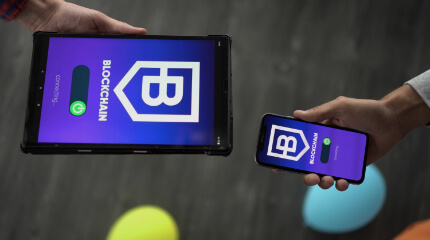
Is BlockChain Technology Worth The H ...
Unfolds The Revolutionary & Versatility Of Blockchain Technology ...


IoT Technology - A Future In Making ...
Everything You Need To Know About IoT Technology ...

Feel Free to Contact Us!
We would be happy to hear from you, please fill in the form below or mail us your requirements on info@hyperlinkinfosystem.com
Hyperlink InfoSystem Bring Transformation For Global Businesses
Starting from listening to your business problems to delivering accurate solutions; we make sure to follow industry-specific standards and combine them with our technical knowledge, development expertise, and extensive research.
4500+
Apps Developed
1200+
Developers
2200+
Websites Designed
140+
Games Developed
120+
AI & IoT Solutions
2700+
Happy Clients
120+
Salesforce Solutions

40+
Data Science












